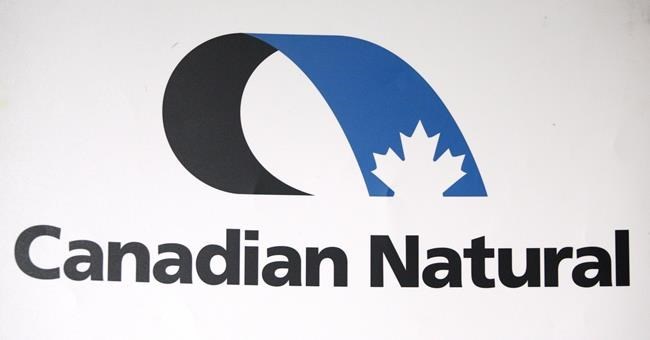CALGARY — Higher oil and gas prices, record production and a restrained capital spending budget will result in bountiful free cash flow for Canadian Natural Resources Ltd. this year, the oilsands company said Thursday.
In its first-quarter results, the Calgary-based company said it expects to generate between $5.7 billion and $6.2 billion of positive cash flow in 2021 after paying for a $3.2-billion capital budget and about $2.2 billion in dividends.
In keeping with other big oilsands producers, however, Canadian Natural says it plans to spend the money mainly on reducing debt, not taking on big projects to increase oil and gas production.
"If we do anything, I suspect it will be very small, we'll leverage off of our facilities. We're doing drill-to-fill (processing plants) on the gas side, you know; with the oil side, it would be essentially brownfield, small developments," president Tim McKay told a conference call with analysts.
"I just don't really see … anybody in the industry really getting aggressive on any kind of major capital program."
Most of its capital budget for 2021 is aimed at sustaining operations, but about $200 million is considered growth capital and is expected to result in a five per cent increase in output, McKay said.
The plan echoes recent messages by oilsands rivals Imperial Oil Ltd. and Suncor Energy Inc. to emphasize balance sheet restoration and returning funds to shareholders through share buybacks and dividends after the pandemic-related energy market volatility of 2020.
After paying off about $1.4 billion of net debt in the first quarter, Canadian Natural estimates it could drive its debt-to-adjusted-EBITDA (earnings before interest, taxes, depreciation and amortization) ratio to about 1.1 times by the end of the year, lower than its pre-pandemic targets.
In a note to investors, analyst Manav Gupta of Credit Suisse estimated the company could reduce total net debt from about $19.8 billion at the end of the quarter to between $16 billion and $16.5 billion by year-end, close to its long-term net debt target of $15 billion.
"The pace of deleveraging is impressive, underpinned by the fact that CNQ remains the lowest cost operator in the oilsands in both mining and upgrading as well as thermal in-situ projects," he said.
Canadian Natural has one of the largest carbon capture, utilization and storage (CCUS) portfolios in Canada thanks to its interests in the Shell Quest project and the Sturgeon Refinery near Edmonton as well as its Horizon oilsands mine upgrader near Fort McMurray in northern Alberta, together sequestering about 2.7 million tonnes per year.
The company is encouraged by the federal government's budget 2021 recognition of the role of CCUS in achieving its greenhouse gas emission targets, but disagrees with its position that captured carbon used in enhanced oil recovery won't qualify for a proposed investment tax credit, said McKay in an interview.
"It only makes sense that if you have wells and infrastructure there and you can recover more oil from those reservoirs, it's a benefit to Alberta and Canada," he said.
"To me, it didn't make much sense that it was excluded but, hopefully, through the consultation period, different parties can have that discussion."
He said the company is waiting for detail from the federal government before considering any additions to its CCUS assets.
Canadian Natural reported a record 1.246 million barrels of oil equivalent per day of production in the first three months of 2021, up from 1.179 million boe/d in the first quarter of 2020. Its production of oil and other petroleum liquids was 979,000 barrels per day, also a record.
The $111-million purchase of Painted Pony Energy Ltd., which closed in October, helped boost Canadian Natural's natural gas production to just under 1.6 billion cubic feet per day in the first quarter, up from 1.44 billion cf/d in the year-earlier period, it reported.
Gas made up 22 per cent of production, it said, while light oil and upgraded synthetic crude from the oilsands made up 48 per cent and heavy oil was about 30 per cent.
The company reported a first-quarter profit of nearly $1.38 billion or $1.16 per diluted share for the quarter ended March 31, compared with a loss of $1.28 billion or $1.08 per diluted share a year ago.
Revenue totalled $6.6 billion, up from $4.5 billion in the first three months of 2020.
This report by The Canadian Press was first published May 6, 2021.
Companies in this story: (TSX:CNQ, TSX:SU, TSX:IMO)
Dan Healing, The Canadian Press



